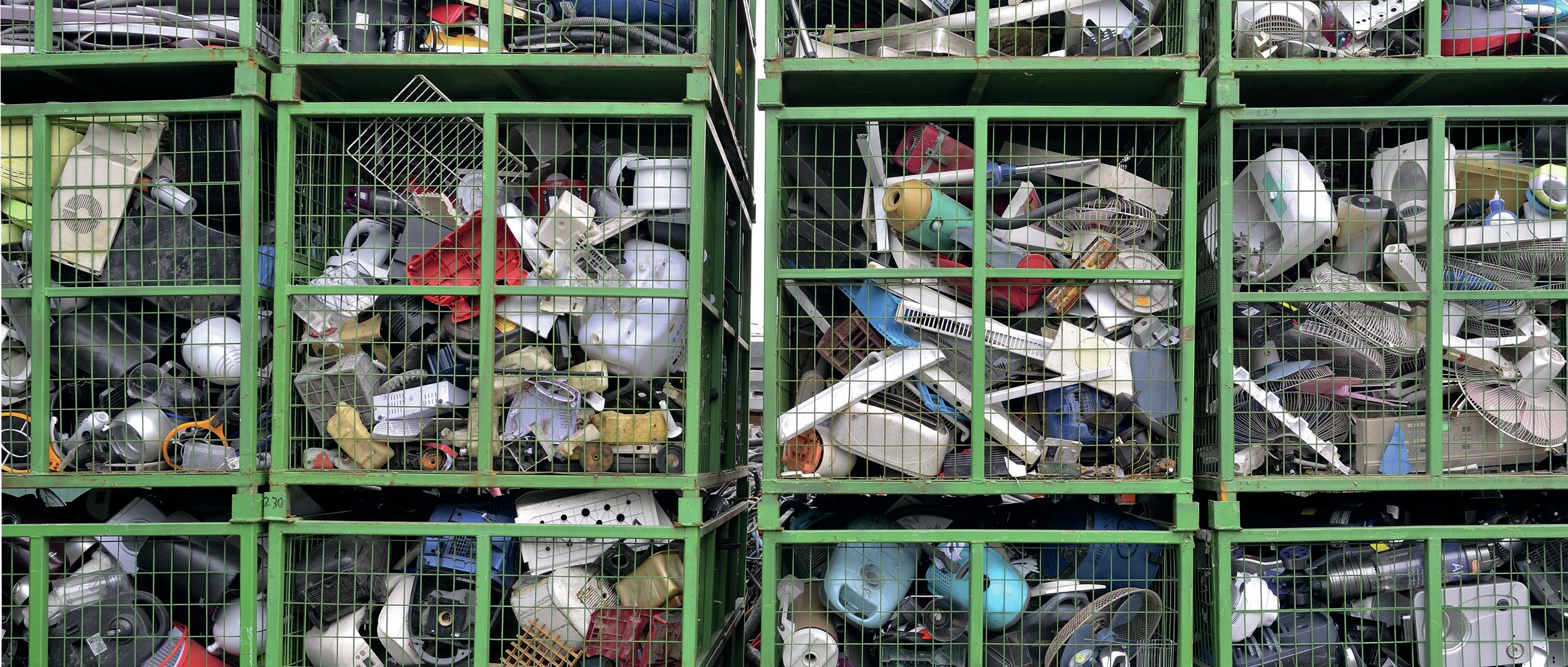
E-waste includes every abandoned electronic and electrical item, including fridges, televisions, computers, phones and printers. These items may be broken or obsolete, but their components still have economic value and can therefore be traded. Normally, the parts are dismantled and the waste is burnt to extract expensive metals, including gold, silver, chromium, zinc, lead, tin and copper.
By managing e-waste well, societies can recover valuable raw materials and reusable parts. They can also reduce carbon dioxide emissions by reusing these components instead of extracting and using new natural resources. Flows of e-waste between countries can help bring economic growth, employment and development to those places where processing is carried out. However, the often dangerous and poorly regulated nature of this work creates health hazards for workers. Critics of the global e-waste trade have highlighted the injustices it brings to some people and places.
Your organisation does not have access to this article.
Sign up today to give your students the edge they need to achieve their best grades with subject expertise
Subscribe




